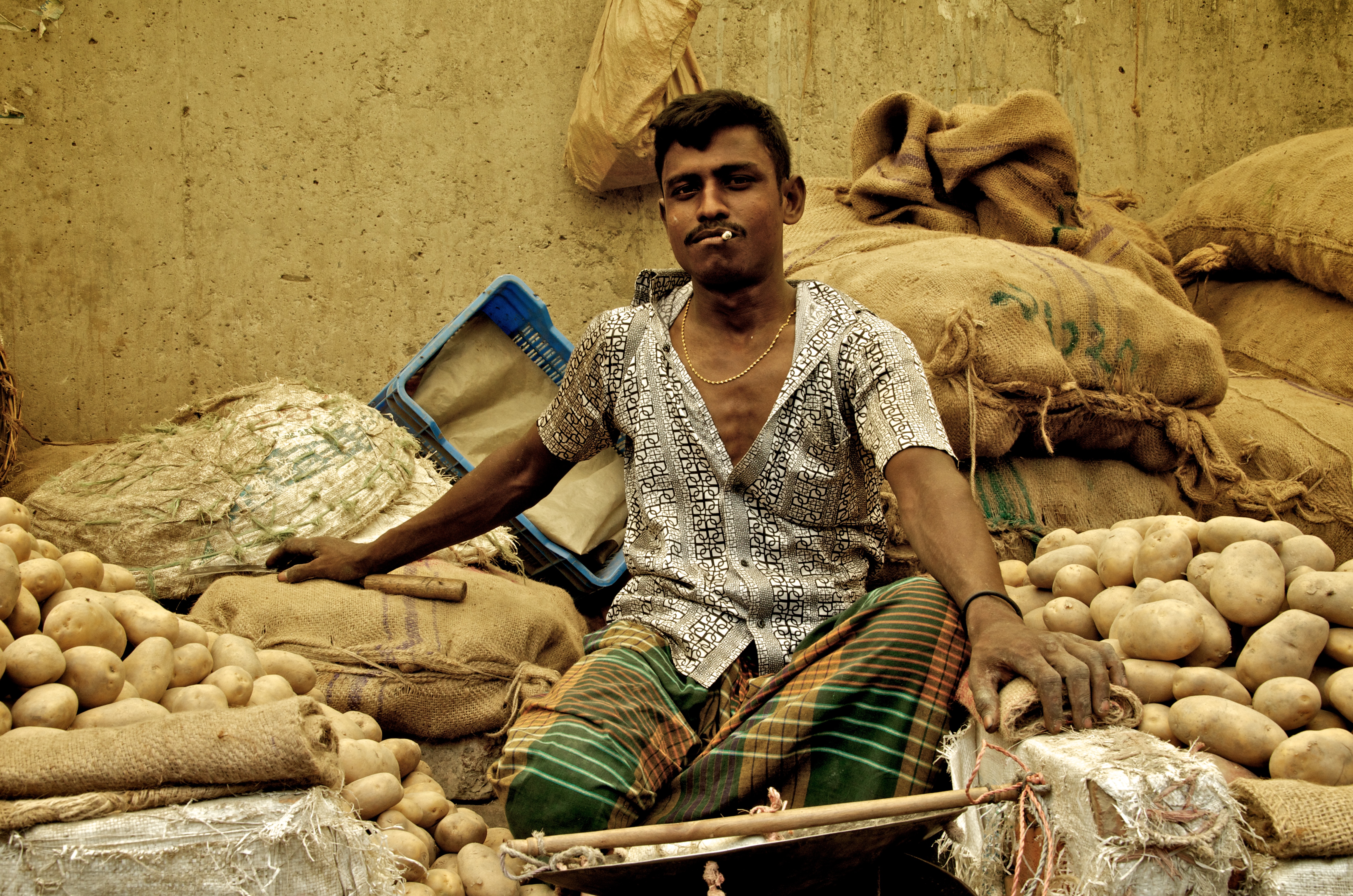Oxfam International, a coalition of 17 organizations dedicated to reducing world poverty, just released its newest report on global income inequality. Fittingly titled “An Economy for the 1%,” the report states that the globe’s top 1 percent of earners now own more than the other 99 percent altogether. Moreover, the 62 richest people in the world own as much as 50 percent of the planet’s population.
Since the year 2000, income inequality has skyrocketed. The bottom 50 percent of the population have experienced a decrease in wealth of 41 percent—over a trillion dollars—and the top 1 percent has accumulated half of the total increase in global wealth since 2000. This occurs even as new technologies are brought to developing countries in order to improve their economies and help individuals.
The largest share of blame, according to the report, should be dealt to wealthy individuals who circumvent taxes through the use of consultants and offshore accounts. However, the increase in income inequality is also partially due to improvements in technology that increase capital gains.
“One of the key trends underlying this huge concentration of wealth and incomes is the increasing return to capital versus labor. In almost all rich countries and in most developing countries, the share of national income going to workers has been falling,” said the report. “This means workers are capturing less and less of the gains from growth.”
This issue is augmented by modern intellectual property laws, which drive out competitors and increase prices. The pharmaceutical industry, for example, spent over $228 million in 2014 on lobbying campaigns.
World Economic Forum Founder Klaus Schwab talked about the “fourth industrial revolution” that has resulted from the developments of new technologies. “Those who are entrepreneurs, who have talents, will push innovation—will gain from the revolution—and those who are on the other side, particularly in service positions, will lose,” he said.
From another perspective, this means that entrepreneurs in developing countries have a newfound shot at success. Half as many people lived below the extreme poverty line in 2010 than in 1990. According to the Oxfam report, however, the number of people living in extreme poverty “still remains unacceptably high.”
Article via The Washington Post, 21 January 2016
Photo: Boss by Santiago S.V. [Creative Commons Attribution-NonCommercial-NoDerivs]
